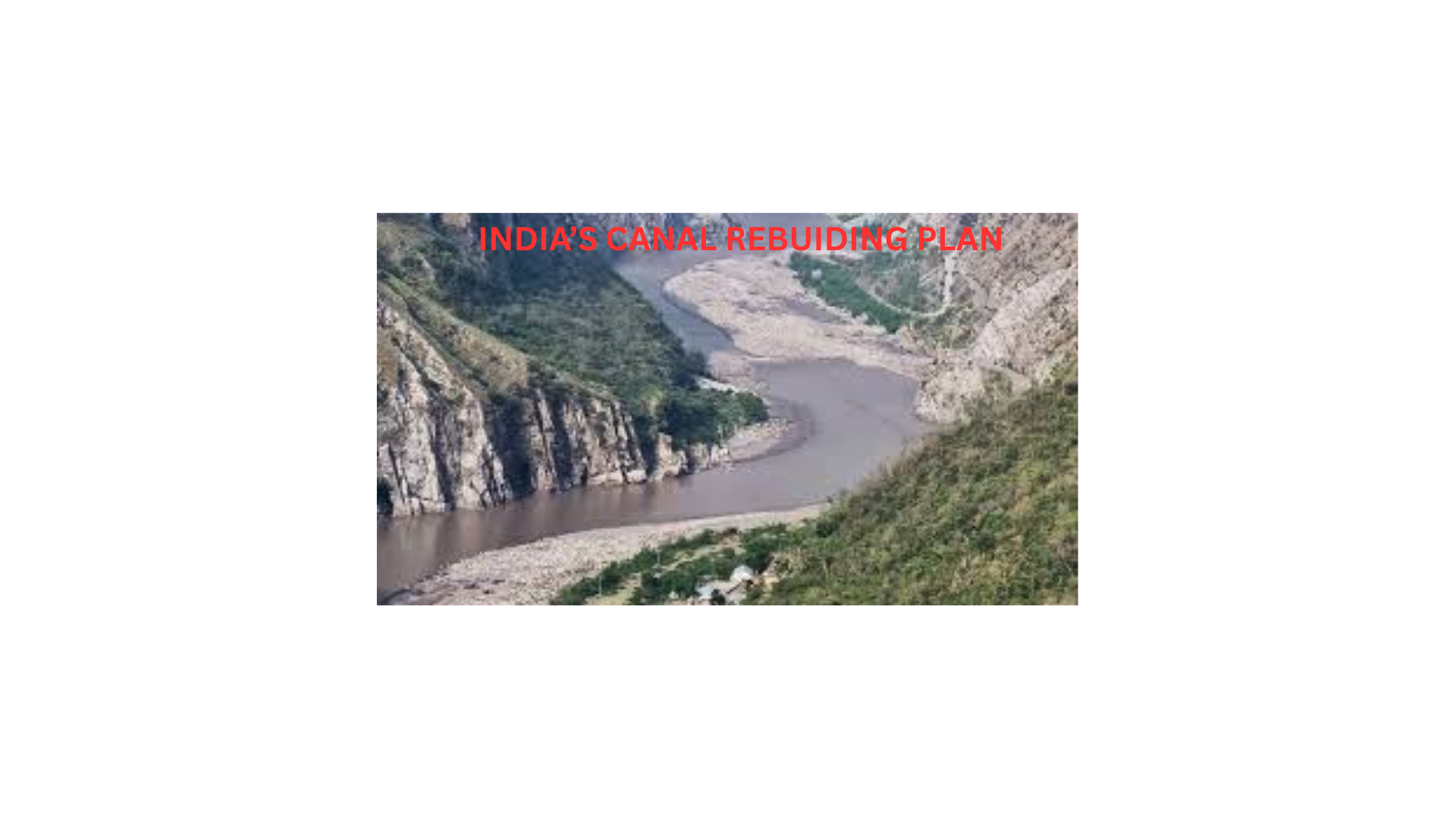India’s canal building and modernization plan is a massive, multi-layered national initiative aimed at revamping its vast and aging irrigation infrastructure to boost agricultural productivity, increase water efficiency, and enhance climate resilience across both rural and urban areas, especially in regions prone to droughts, floods, and erratic rainfall. The plan involves not just the restoration of centuries-old canal systems like the Grand Anicut in Tamil Nadu and the Ken Canal in Bundelkhand, but also the construction of new link canals, such as the ambitious Ken-Betwa River Linking Project, aimed at redistributing water from surplus to deficit basins. At the core of the initiative is the goal to increase water use efficiency by addressing massive losses due to seepage, evaporation, and poor maintenance of existing canals; this is being tackled through canal lining, desilting, widening, and modernization of control structures, along with the integration of advanced technologies like IoT-based water management systems, remote sensing, and real-time monitoring platforms. Under flagship schemes like the Pradhan Mantri Krishi Sinchayee Yojana (PMKSY) and the Modernization of Command Area Development and Water Management (M-CADWM) program, India is also pushing for on-farm water management improvements, including the adoption of micro-irrigation (drip and sprinkler systems), which not only conserve water but also improve crop yields and farm incomes. Beyond agriculture, urban canal restoration efforts in cities like Chennai and Kochi aim to tackle drainage issues, reduce flood risks, and revive natural water channels that have been neglected or encroached upon, often doubling as climate adaptation strategies to mitigate the impact of rising sea levels and unseasonal downpours. Collectively, these efforts represent a strategic shift from traditional flood irrigation methods toward a more integrated, sustainable, and tech-enabled water resource management system, with the dual aim of ensuring water security for millions of farmers while also making Indian agriculture more resilient to the challenges of climate change, erratic monsoons, and growing demand for water in both rural and urban areas.
Record
Recording 00:00
Commenting has been turned off for this post.
Categories
- Sustainability
- Home
- Wellness
- Theater
- Sports
- Shopping
- Religion
- Party
- Other
- Networking
- Music
- Literature
- Art
- Health
- Gardening
- Games
- Food
- Fitness
- Film
- Drinks
- Dance
- Crafts
- Causes
Read More
OUR GREEN EARTH
Broadly speaking, a leafier planet can help the climate. Our oceans and lands, including forests,...
WORLD EARTH DAY
World Earth Day is celebrated every year on April 22nd to raise awareness about protecting the...
Check out the new poem Written by me!📝| #Poet
The story of a pen...
Poem by Jayeta Kanwar
×
Your daily access limit has been reached. Please try again tomorrow.
© 2025 GoSharpener Pvt.Ltd.
Refund and Cancellation policy - We do not entertain any refunds and cancellation
Refund and Cancellation policy - We do not entertain any refunds and cancellation

